In accordance with the labor legislation of the Russian Federation, the employer is required to provide personal protective equipment (PPE) in accordance with the standard issuing standards to all employees who work in hazardous and (or) harmful working conditions, and also associated with special temperature conditions or pollution. All of them must be certified or duly declared. A complete classification of PPE used in Russia is presented in GOST 12.4.011-89, which was put into effect in the USSR by Gosstandart Resolution No. 3222 of October 27, 1989. The regulatory document also contains detailed requirements for PPE.
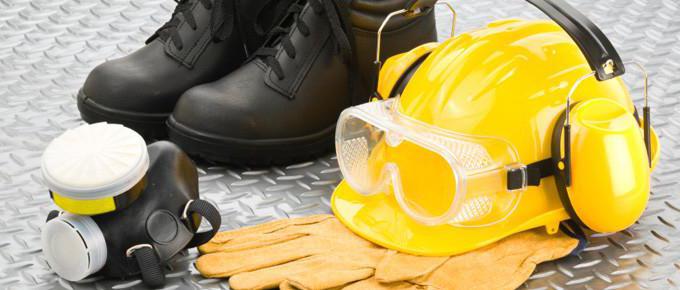
We will dwell in more detail on each of the 12 distinguished classes. The classification of personal protective equipment (PPE) will be useful not only to specialists in the field labor protection but also to the employees themselves who encounter harmful and dangerous factors in the process.
PPE of the respiratory system
About 60 thousand chemical compounds from approximately 7 million known compounds are used in human production activities, and each year the list is replenished with 500-1000 new substances. Before talking about the classification of PPE, several basic concepts should be clarified.
Firstly, it is legally defined that harmful substances should be understood as substances that can cause injuries, occupational diseases, deviations in the state of health both in the short term and in the long-term when exposed to humans in case of violation of safety requirements.
Secondly, speaking of them, it is necessary to recall the MPC, that is, the maximum permissible concentration. Paracelsus also mentioned that only the dose in which it is used distinguishes a medicine from poison.
Types of PPE
There can be five types of airborne pollutants in the workplace: solid, liquid, vapors, gases and condensation aerosols (fog, smoke, dust). In the case when collective protection methods cannot fully ensure the safety of workers, they resort to individual ones, each of which has its own purpose.
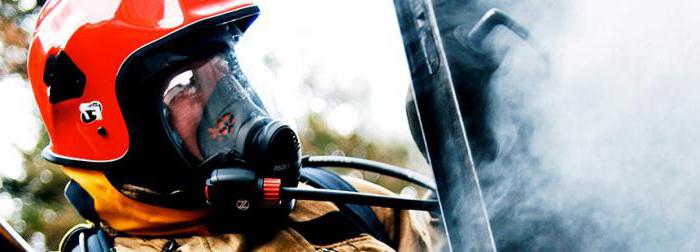
The classification of PPE OD into types is as follows:
- Filtering devices that purify inhaled air using a special barrier filter. They, in turn, can be gas, anti-aerosol, combined.
- Breathing apparatus. They provide breathable air or breathing gas from a clean source. With their help, it is possible to carry out work in a closed environment under water conditions, during fires, etc. Depending on where the respiratory products are discharged, they can be open (into the atmosphere) or closed (carbon dioxide is absorbed by a special chemical composition) type.
PPE head
These personal protective equipment are the main part of measures aimed at reducing injuries to employees in the workplace. In accordance with safety rules, they should be used wherever there is a possibility of falling on the head of any objects. The classification of protective equipment (PPE) in this case provides for protective helmets, helmets, caps, helmets, caps, berets, mosquitoes, berets. However, the first type is the most common. Helmets can be of general purpose (gas workers, builders, etc.), special (miners, lumberjacks, etc.), for firefighters and lightweight - they protect against impacts on protruding objects, and not from falling on their heads. For the manufacture of using plastic of varying degrees of strength with the addition of substances depending on the specific conditions in which the product will then be used.In the photo below - a combined type of PPE, including protection not only of the head, but also of the eyes, and hearing organs.
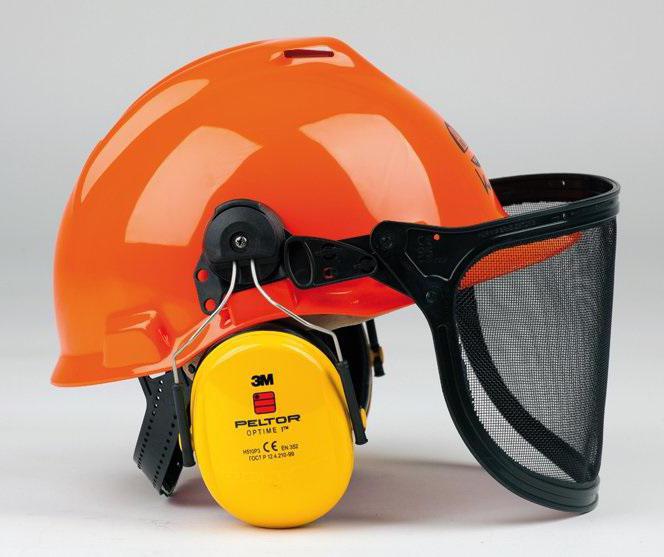
PPE eye and face
It is reliably known that we all receive 90% of information about the world around us with the help of vision, so the question of its protection is in the first place. Risk factors in production can be mechanical (dust, shock, splinters, shavings), chemical (splashes, fumes, etc.), thermal (molten materials, flames, hot liquids), electrical and radiation-related (including IR - and UV rays).
Classification of PPE (personal protective equipment) of the eyes and face is carried out according to the type of construction: open and closed glasses, with dimming, for gas welding, face shields. In the vast majority of cases, their use is an effective defense. In the Russian Federation at making glasses all manufacturers are required to comply with GOSTs, which reflect common technical conditions (GOST 12.4.013-85E, 12.4.013-97). The modern wealth of materials allows you to get a wide variety of models that do not create any special interference during operation and at the same time reliably protect the eyes and face from harmful effects.
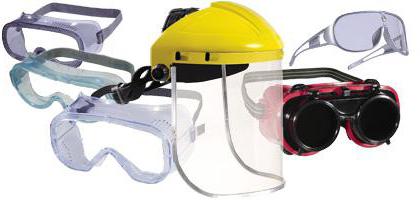
PPE for hearing
Noise is one of the main physical factors in terms of occupational diseases. Worst of all, a person feels himself when exposed to infrasound and air vibrations (about 7 Hz). Currently, in the field of combating this problem, the achievements are quite significant thanks to the modernization of production. According to the remote control, noise at the workplace should not exceed 80 dB. The classification of PPE for hearing organs implies two types of noise control:
- headphones consist of a pair of soundproof cups, the volume of which directly affects their effectiveness;
- antinoise earbuds - they are inserted into the inner part of the ear canal, can be reusable or disposable.
Special clothes and shoes
In order for overalls and shoes to be chosen correctly, it is important to understand what protective properties the material should have, what is their design. In accordance with GOST, PPE is classified according to protective properties. To be more precise, depending on the factor, from the influence of which the protective clothing is designed to protect:
- chemical aggressive substances;
- adverse temperature conditions;
- water;
- general industrial pollution;
- risk of mechanical damage;
- biological factors;
- radiation, etc.

To create high-quality and effective workwear, modern insulating materials, impregnations, heaters, linings, reflective elements, etc. are used. Special attention is paid to the cut of the products.
PPE from falling from a height
According to statistics, mortality from falling from a height is in second place after an accident in European countries, including Russia. Knowing the basics of protection and insurance against falling from a height, the ability to use special PPE can reduce numbers. The safety system includes the following elements:
- anchor point of attachment;
- connecting element: loop, carbine;
- shock absorption system - shock absorber;
- intermediate connection (drop limiter, slings);
- full body harness with hip and shoulder straps.

Dermatological PPE
Skin is the largest organ of the human body, whose weight is 10% of the total body weight, through it we perceive and cognize the world. The harmful and dangerous production factors affecting it include humidity, high and low temperatures, UV radiation, electricity, mechanisms and tools, chemicals, biological factors. In order to avoid their negative impact or at least reduce it, use PPE of the skin. Classification is carried out depending on the purpose of the product:
- skin cleaners are designed to remove industrial contaminants (paints, oils, soot, glue, etc.), are used after work;
- protective dermatological agents are used to protect the skin from the action of dangerous and harmful production factors, as a rule, they are applied before starting work;
- remedies are used to improve skin regeneration, are used after work and treatment with surface cleaners.
PPE hands
Labor and hands are so interconnected that even in the context of the introduction of automated production and the development of robotics, dependence remains at the same level. The main risks in production that you may encounter are: mechanical (vibration, moving parts of machine tools, devices, tools), chemical (emissions and splashes of liquids), thermal, electrical, biological.
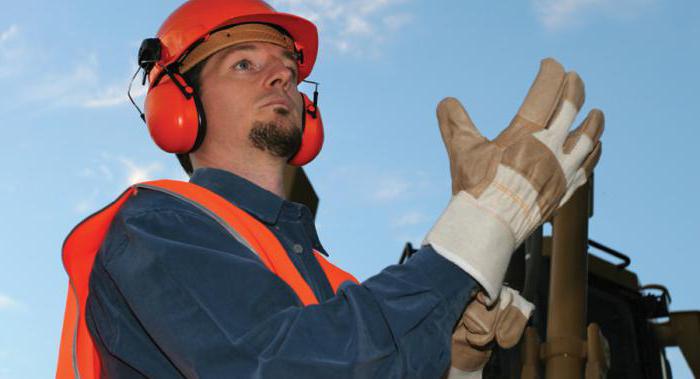
In accordance with these factors, PPE for hands is classified. It can be gloves, mittens, fingertips, sleeves, creams, emulsions, etc. The main materials from which personal protective equipment is made: PVC, latex, nitrile, neoprene (or isoprene rubber).






